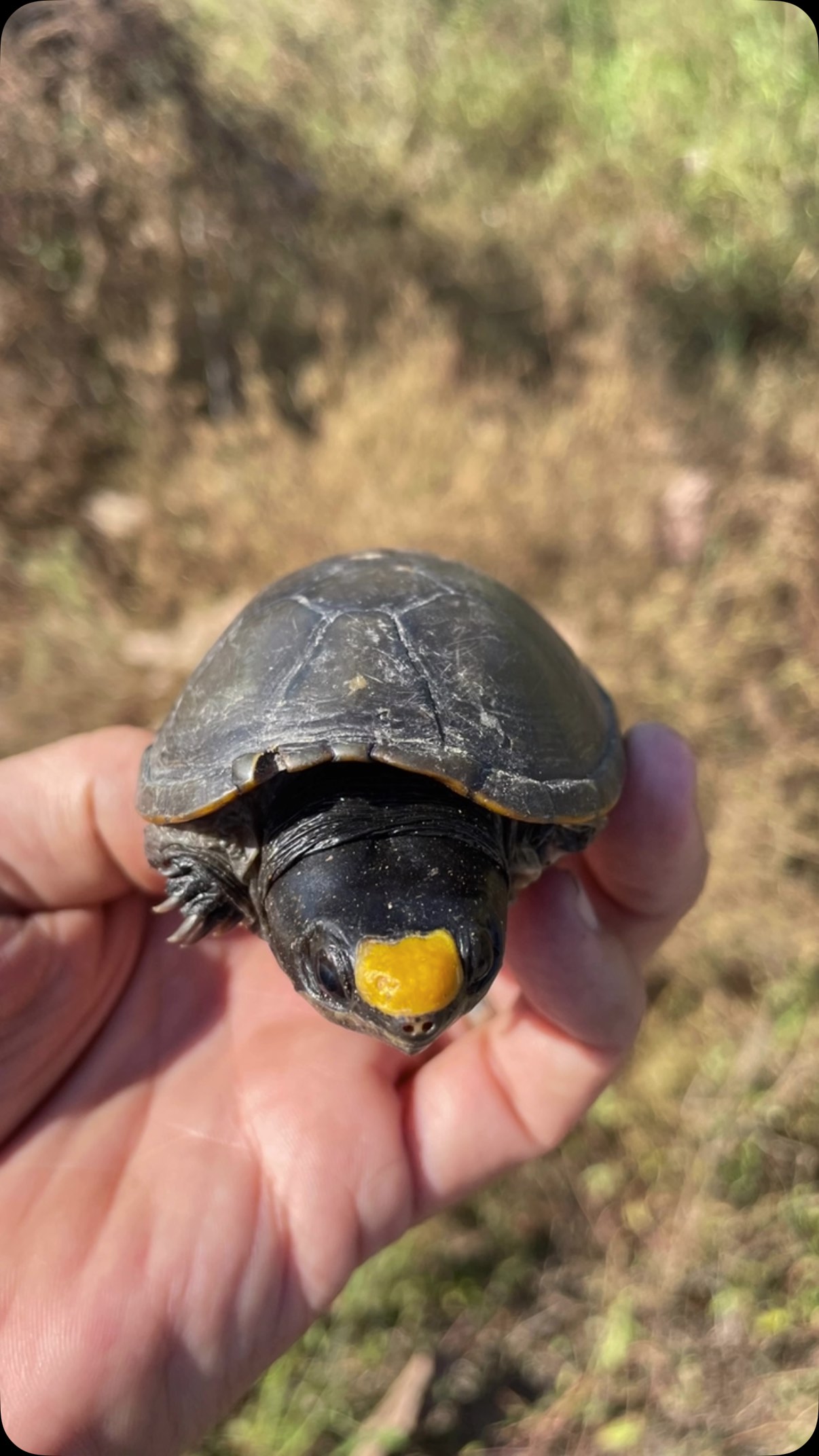- The MBZ Fund has significantly empowered Students Conserving Nature (ECN) to protect the critically endangered Vallarta mud turtle through strategic funding and comprehensive conservational initiatives.
- Engaging the local community is key to the conservation success for the critically endangered Vallarta mud turtle, involving education, awareness, and collaboration with various stakeholders.
- The implementation of scientific research techniques, such as radio telemetry, plays a pivotal role in monitoring and understanding the habitats and behaviors of the Vallarta mud turtle.
- Conservation strategies are focused on stakeholder collaboration, including landowners, developers, and the City of Puerto Vallarta, to ensure these critical habitats are preserved and protected.
- Public campaigns and educational initiatives foster environmental stewardship among the populace, ensuring future sustainable conservation efforts for the Vallarta mud turtle.
The MBZ Fund has provided substantial support to Students Conserving Nature (Estudiantes Conservando la Naturaleza, ECN), playing an integral role in the mission to preserve the Vallarta mud turtle, Kinosternon vogti. This remarkable creature, the most endangered turtle in the Americas, faces a perilous future with only eight known habitats remaining. ECN’s conservation efforts, supercharged by the fund, exemplify the power of collaborative conservation, where the combination of education, science, and community engagement delivers meaningful impacts.
The partnership with the MBZ Fund has enabled ECN to craft a holistic conservation plan centered on the Vallarta mud turtle. Community engagement plays a crucial role in amplifying conservation efforts. By driving an interactive sticker campaign and a public fair on the Malecón Boardwalk, ECN has effectively raised public awareness about the plight of the species. These initiatives serve to educate the local population about the importance of protecting this critically endangered turtle while encouraging public participation in conservation activities. Such campaigns not only foster a connection between humans and nature but also inspire a sense of responsibility and stewardship for local biodiversity.
Scientific research forms the bedrock of conservation. Understanding the biology and ecology of the Vallarta mud turtle is essential for its conservation. ECN uses cutting-edge techniques like radio telemetry to conduct field studies. This technology allows researchers to track the turtle’s activity patterns and habitat use, providing critical data that informs conservation strategies. Radio telemetry aids in identifying movement corridors and critical areas for feeding and breeding, thereby directing habitat protection efforts effectively. A solid scientific foundation ensures that conservation measures are grounded in facts and tailored to address the specific challenges faced by the Vallarta mud turtle.
Stakeholder collaboration is pivotal in realizing effective habitat protection and conservation success. ECN’s initiatives engage a wide spectrum of stakeholders, including landowners, developers, and local government officials. By fostering open dialogue and aligning conservation goals with community and economic interests, ECN creates a cooperative environment for habitat conservation. This collaborative approach helps in mitigating developmental threats to the turtle’s habitats while ensuring sustainable land use practices that benefit both the environment and the community. Conservation, in this light, becomes a shared responsibility and an opportunity for various sectors to work together towards a common goal.
Educational initiatives also represent a core component of ECN’s conservation strategy. By promoting transparency and understanding through education, ECN empowers local communities to act as stewards of the environment. Programs designed to inform builders, architects, and the general public about the ecological significance of the Vallarta mud turtle encourage society to take an active role in environmental preservation. Through comprehensive educational efforts, conservation awareness becomes ingrained within the societal framework, fostering a culture of environmental consciousness that will support ongoing and future conservation endeavors.
The partnership between ECN and the MBZ Fund has resulted in significant strides toward securing the future of the Vallarta mud turtle. By combining community engagement, scientific research, stakeholder collaboration, and education, ECN is paving the way for sustained environmental stewardship and long-term conservation success. Their work highlights the importance of comprehensive conservation strategies that integrate multiple facets of society in the pursuit of a shared environmental objective. This model not only benefits the Vallarta mud turtle but also serves as a beacon for conservation efforts worldwide, proving that with the right support and strategies, even the most endangered species have a fighting chance at survival.
*****
Source Description
The MBZ Fund has supported Students Conserving Nature (Estudiantes Conservando la Naturaleza, ECN) in their efforts to protect the critically endangered Vallarta mud turtle (Kinosternon vogti), the most endangered turtle in the Americas. With only eight remaining habitats and declining wild populations, this species is on the brink of extinction.
The funding has enabled ECN to raise community awareness and collaborate with landowners, developers, and the City of Puerto Vallarta to study and conserve this turtle in four key habitats. Key initiatives include an interactive sticker campaign, a public fair on the Malecón Boardwalk, field studies using radio telemetry, and stakeholder engagement to safeguard the turtle’s habitats.
With the MBZ Species Fund’s support, ECN is making significant progress toward securing a future for the Vallarta mud turtle while promoting community involvement and environmental stewardship.


